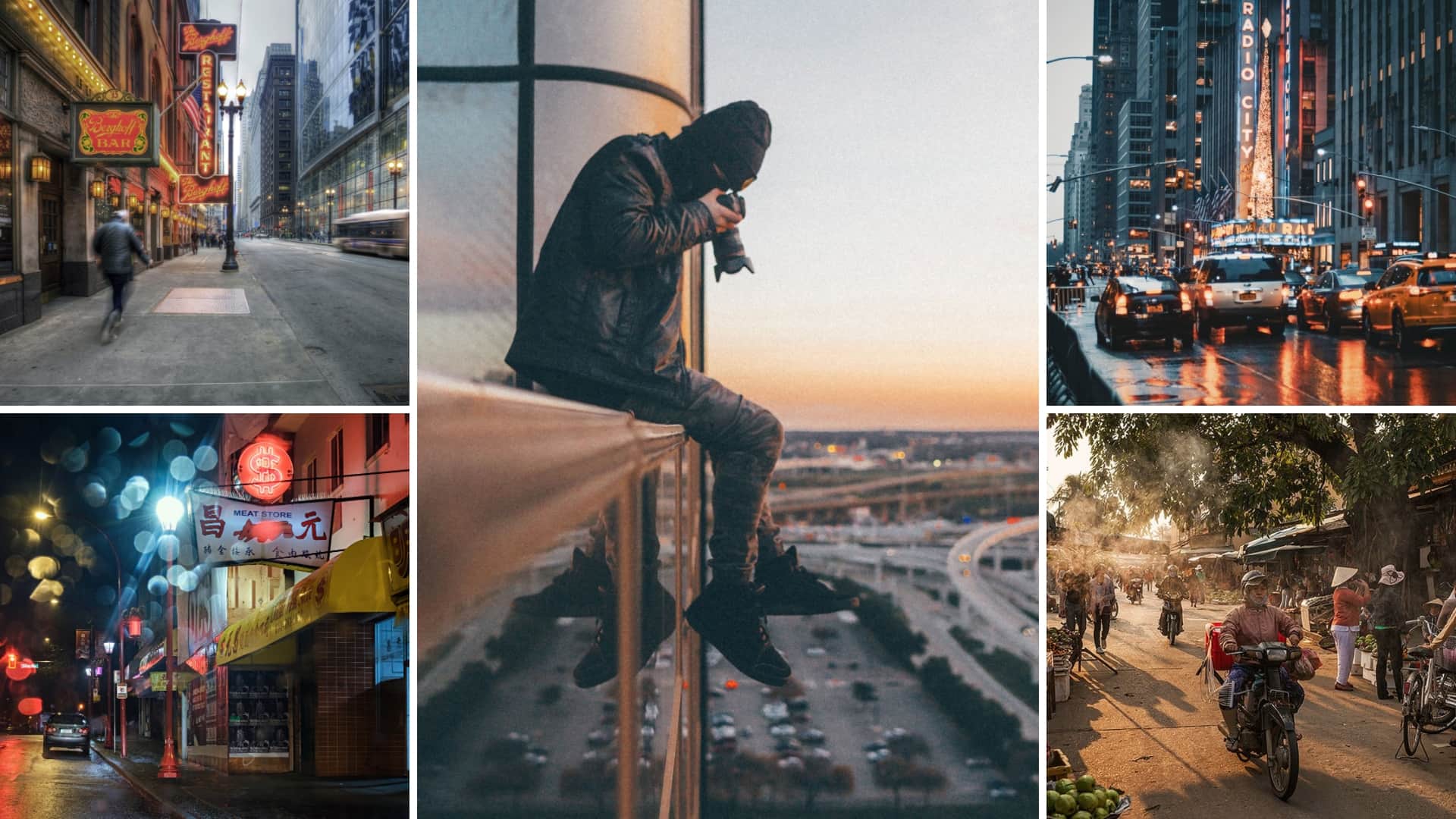Everything about Framing Streets
Wiki Article
Framing Streets for Beginners
Table of ContentsFraming Streets for DummiesThe Only Guide to Framing StreetsFraming Streets - TruthsExamine This Report about Framing StreetsMore About Framing StreetsNot known Incorrect Statements About Framing Streets
, typically with the aim of capturing images at a decisive or touching minute by mindful framing and timing. https://www.youmagine.com/framingstreets1/designs.
, who was inspired to embark on a similar documentation of New York City. As the city developed, Atget assisted to promote Parisian streets as a worthy subject for digital photography.

Framing Streets for Beginners
Martin is the very first tape-recorded digital photographer to do so in London with a masked camera. Mass-Observation was a social research study organisation established in 1937 which intended to tape-record day-to-day life in Britain and to tape-record the responses of the 'man-in-the-street' to King Edward VIII's abdication in 1936 to marry separation Wallis Simpson, and the succession of George VI. The principal Mass-Observationists were anthropologist Tom Harrisson in Bolton and poet Charles Madge in London, and their very first record was generated as guide "May the Twelfth: Mass-Observation Day-Surveys 1937 by over 2 hundred observers" [] Window cleaner at Kottbusser Tor, Berlin, by Elsa Thiemann c. 1946 The post-war French Humanist School digital photographers found their subjects on the street or in the diner. Between 1946 and 1957 Le Groupe des XV yearly showed job of this kind. Andre Kertesz. Circus, Budapest, 19 May 1920 Street digital Get the facts photography formed the major material of 2 exhibits at the Museum of Modern Art (Mo, MA) in New York curated by Edward Steichen, 5 French Photographers: Brassai; Cartier-Bresson, Doisneau, Ronis, Izis in 1951 to 1952, and Post-war European Digital Photography in 1953, which exported the concept of street photography globally.
Our Framing Streets Statements
The recording machine was 'a concealed cam', a 35 mm Contax hidden underneath his coat, that was 'strapped to the upper body and attached to a long wire strung down the appropriate sleeve'. His work had little modern influence as due to Evans' sensitivities concerning the creativity of his task and the personal privacy of his topics, it was not released up until 1966, in the publication Numerous Are Called, with an introduction created by James Agee in 1940.Helen Levitt, after that a teacher of children, related to Evans in 193839. She recorded the transitory chalk drawings - vivian maier that were component of children's road society in New York at the time, as well as the youngsters who made them. In July 1939, Mo, MA's brand-new photography section consisted of Levitt's job in its inaugural eventRobert Frank's 1958 publication,, was substantial; raw and frequently out of focus, Frank's pictures examined traditional digital photography of the moment, "challenged all the official policies put down by Henri Cartier-Bresson and Walker Evans" and "contradicted the wholesome pictorialism and wholehearted photojournalism of American publications like LIFE and Time".
Report this wiki page